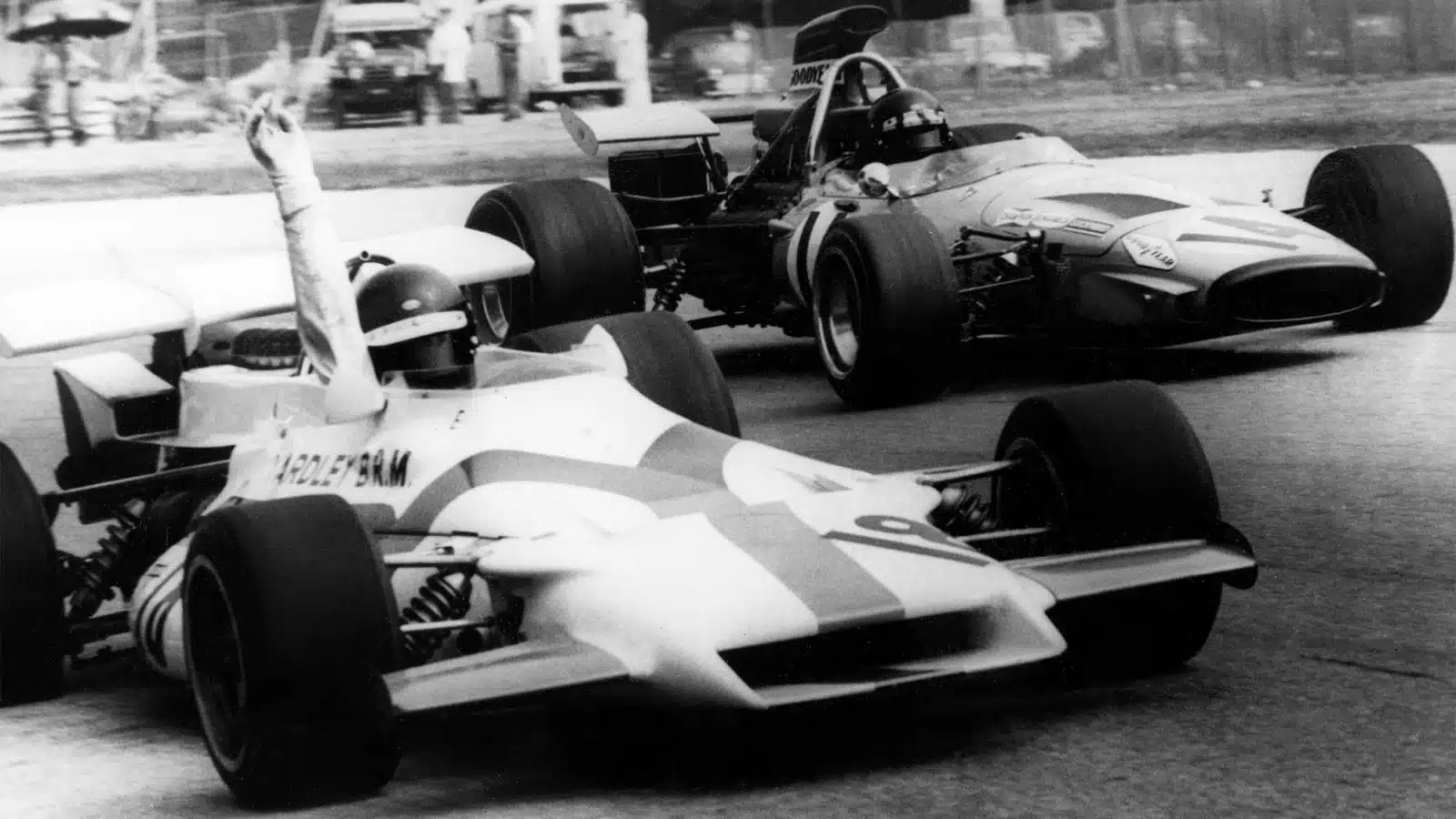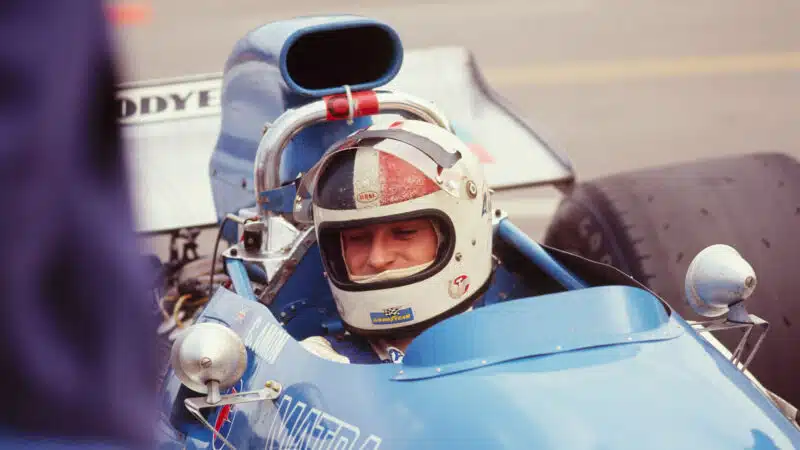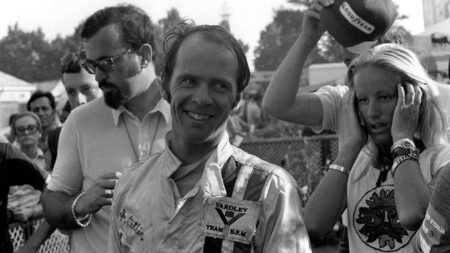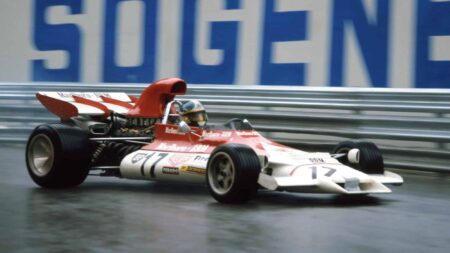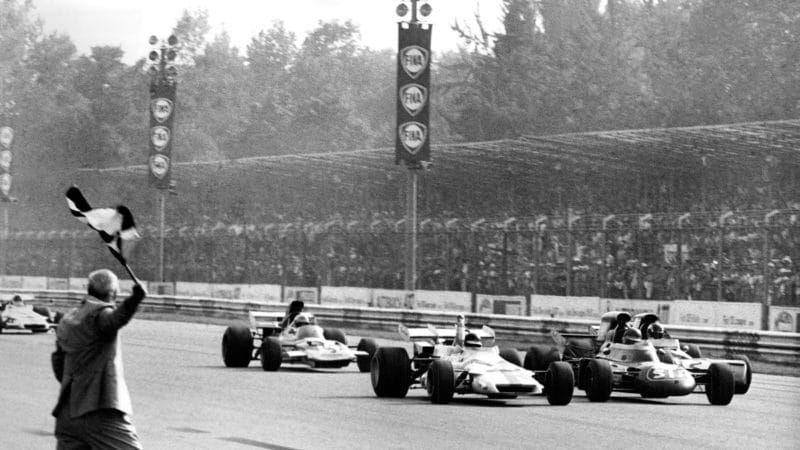“And it worked, too,” said Amon. “Everyone thought we had a new engine, but they’d simply solved the oil churning problem. When they put my ‘Ring engine on the dyno, they found it was giving only 395bhp, but the one they gave me for Monza had 460, on a par with the Cosworth, if not Ferrari and the best BRM engines.”
Having recently hit a period of untypical reliability, BRM looked in good shape. After the death of team leader Pedro Rodriguez in a minor sportscar race in July, Jo Siffert had stepped nobly up to the plate, and won at the Österreichring, another very fast track. Monza was expected to favour the V12s, with the Cosworth V8 runners for once up against it.
There were fewer spectators than usual for the practice days, perhaps because the world championship was already settled; for the sake of the race-day crowd, clearly the organisers hoped for a Ferrari driver on the pole.
In those days timekeeping was a haphazard business. There were no TV screens showing instant order changes, no automatic timing system – and at Monza there were six hours of practice counting for grid positions. Late on Saturday afternoon, Ickx – and Ferrari – were shown as fastest, and the Italian journalists duly went to work on suitably enthusiastic copy. Only after the papers had gone to press did someone discover a time faster than Ickx’s. Half a second faster, in fact.
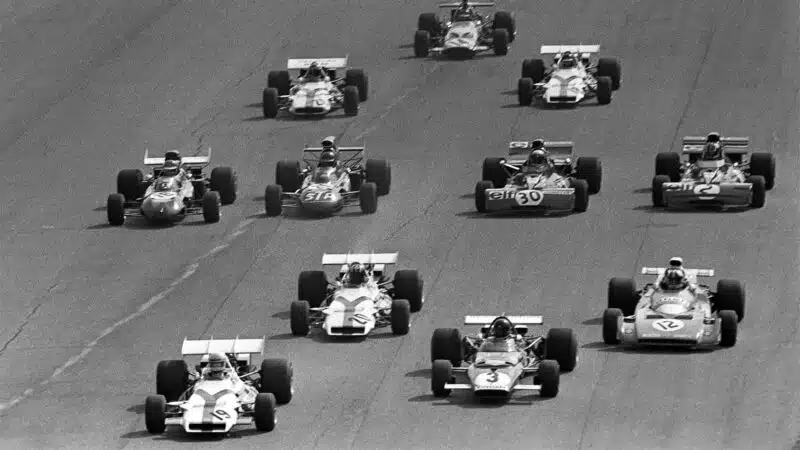
Field floods down to the first corner
Bernard Cahier / Getty Images
“All through practice, when I was running on my own, I was lapping nearly a second quicker than anyone else,” said Amon, “and I got pole quite easily. As well as that, Ickx’s time was cooked, I think.”
When the tifosi arrived on Sunday morning, they learned that a blue car, rather than a red, would be starting from pole position, but they were much soothed when Clay Regazzoni’s Ferrari – starting from row four – made the best start. Consummately the best, in fact. By the time the rest got on their way, Clay was in second gear, but in those less ‘official’ times to penalise a Ferrari at Monza – particularly one driven by the previous year’s winner – would have been unthinkable. At the end of the first lap Regazzoni swept by with a sizeable lead, to rapture from the stands.
In the early laps, though, most of the leading was done by Peterson’s March 711, Ronnie hounded by the Tyrrells of Stewart and François Cevert, Siffert’s BRM, Regazzoni and Ickx. At Monza, however, the attrition rate was always high, and by lap 18 Stewart was gone, together with both Ferraris. But if the locals felt despair, the lead battle was so mesmeric that, rather than head for the car parks, they stayed put.
Siffert was the next in trouble, his BRM jammed in fourth gear, but now others were coming through, including Mike Hailwood, making his return with the Surtees team after a six-year lay-off. On lap 25, Hailwood – who had qualified 17th! – came by in the lead. “I didn’t know what this slipstreaming lark was all about,” he grinned. “I’d never done it before…”
